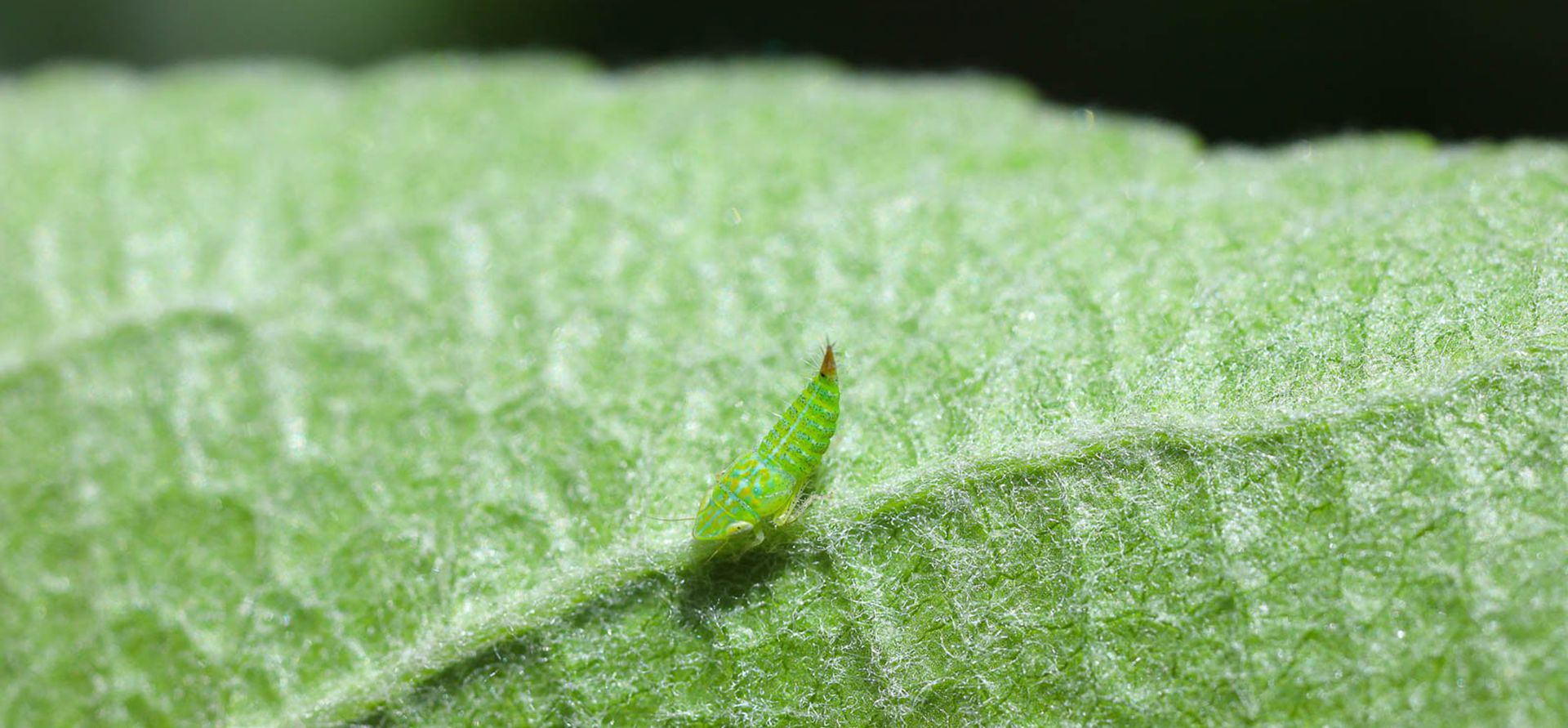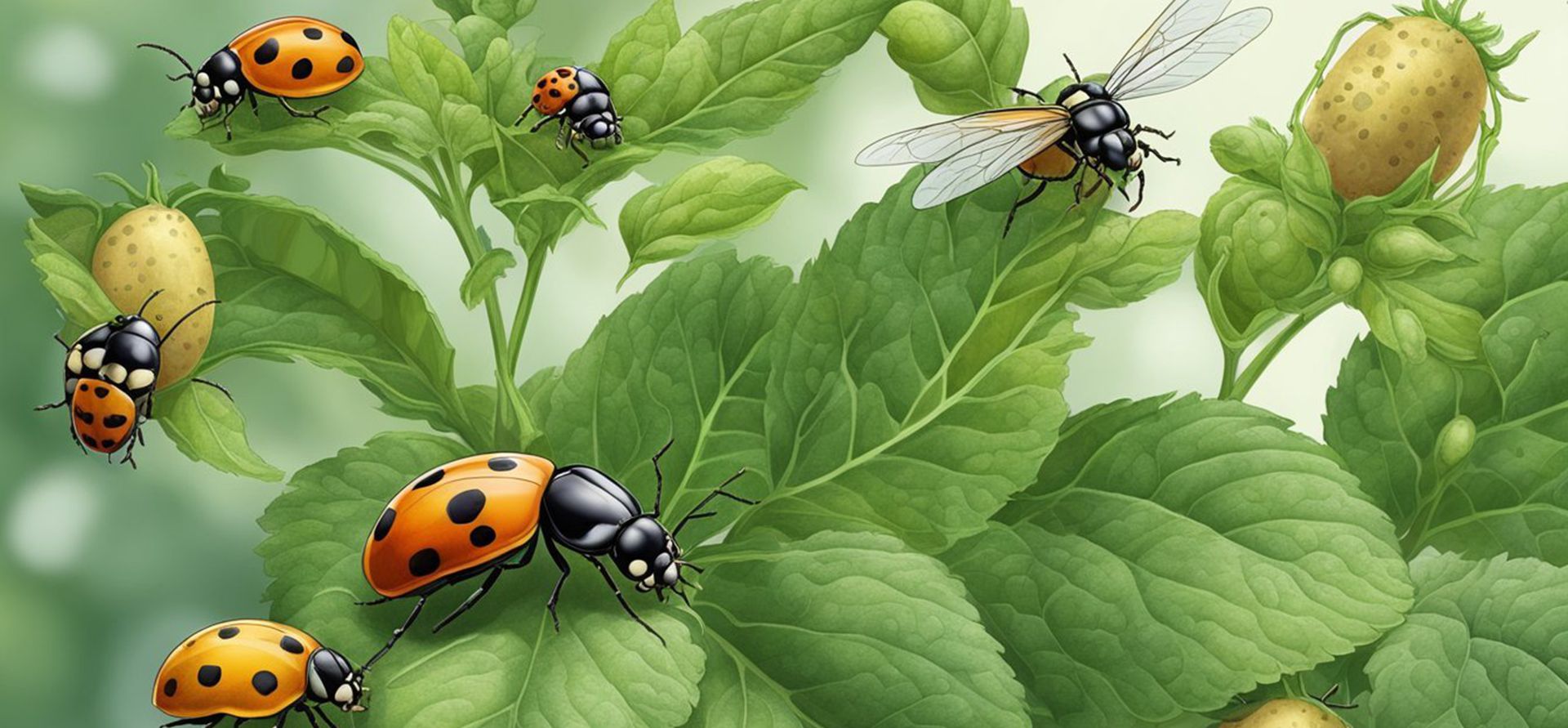Citrus tree aphids, citrus psyllids:
Start spraying at the beginning of each generation of new shoots (when the shoots are 0.5~1 cm long) once every 10 days, and spray twice in a row for each generation; when spraying continuously, pay attention to alternate or mix with different types of pesticides. The spraying multiple of pymetrozine is the same as that of "Apple Tree Spiraea Aphid".
Tea tree tea leafhopper:
Start spraying from the early stage of pest occurrence, once every 10 days, alternate with different types of pesticides, and spray 2~4 times in a row. Pymetrozine is generally sprayed evenly with 25% suspension or 25% wettable powder 1200~1500 times, or 30% wettable powder 1500~2000 times, or 40% wettable powder 2000~2500 times, or 50% wettable powder or 50% water dispersible granules or 50% effervescent tablets 2500~3000 times, or 60% water dispersible granules 3000~4000 times, or 70% wettable powder or 70% water dispersible granules 3500~4500 times Aphids of ornamental chrysanthemums and ornamental roses: Spraying starts from the initial peak of aphids or when the number of aphids begins to increase rapidly, once every 10 days, and spray twice in a row. The spraying multiples of pymetrozine are the same as those of "Tea Tree Tea Little Green Cicada".

Aphids of cruciferous vegetables such as cabbage and Chinese cabbage:
Start spraying medicine in time from the early stage of aphid infestation to the early peak stage, about once every 10 days, and spray about 2 times in a row. Generally, use 25% suspension 25-30 ml, or 25% wettable powder 25-33 grams, or 30% wettable powder 20-28 grams, or 40% wettable powder 15-20 grams, or 50% wettable powder or 50% water dispersible granules or 50% effervescent tablets 12-17 grams, or 60% water dispersible granules 10-14 grams, or 70% wettable powder or 70% water dispersible granules 8-12 grams per mu, and spray with 30-45 kg of water.
Greenhouse whiteflies and Bemisia tabaci on fruits and vegetables such as tomatoes, peppers, eggplants, cucumbers, and kidney beans:
Spray the pesticide from the early stage of the pests, once every 7 to 10 days, and spray 2 to 3 times in a row. Generally, use 30 to 40 ml of 25% suspension, or 30 to 45 grams of 25% wettable powder, or 25 to 35 grams of 30% wettable powder, or 20 to 28 grams of 40% wettable powder, or 15 to 20 grams of 50% wettable powder, or 50% water dispersible granules, or 50% effervescent tablets, or 13 to 18 grams of 60% water dispersible granules, or 10 to 15 grams of 70% wettable powder or 70% water dispersible granules per mu, spray with 45 to 60 kg of water, and focus on spraying the back of the leaves.
Spinach aphids:
Spray the pesticide from the early stage of the aphids, once every 10 days or so, and spray 1 to 2 times in a row. Generally, 20-25 ml of 25% suspension, 20-25 g of 25% wettable powder, 17-20 g of 30% wettable powder, 13-16 g of 40% wettable powder, 10-13 g of 50% wettable powder, 50% water-dispersible granules, or 8-10 g of 60% water-dispersible granules, or 70% wettable powder or 7-9 g of 70% water-dispersible granules are used per mu, and spray evenly with 20-30 kg of water. Celery aphids: Spray the pesticide from the early stage of aphids, once every 7-10 days, and spray about 2 times in a row. The spraying dosage of pymetrozine is the same as that of "spinach aphids"
Celery aphids:
Spray the pesticide from the early stage of aphids, once every 7-10 days, and spray about 2 times in a row. The spraying dosage of pymetrozine is the same as that of "spinach aphids"
Lotus root aphids:
Spray the pesticide from the early stage of aphids, once every 10 days, and spray 2-3 times in a row. The spraying dosage of pymetrozine is the same as that of "spinach aphids".

Potato aphids: Start spraying from the early stage of aphid infestation, once every 7 to 10 days, and spray 2 to 3 times in a row. Generally, 40 to 55 ml of 25% suspension, or 40 to 60 grams of 25% wettable powder, or 35 to 50 grams of 30% wettable powder, or 25 to 35 grams of 40% wettable powder, or 20 to 30 grams of 50% wettable powder, or 50% water-dispersible granules, or 50% effervescent tablets, or 18 to 25 grams of 60% water-dispersible granules, or 15 to 20 grams of 70% wettable powder or 70% water-dispersible granules are used per mu, and spray evenly with 45 to 75 kg of water.
Notes:
Pymetrozine cannot be mixed with alkaline agents and fertilizers. When spraying continuously, pay attention to alternate or mix with different insecticides to delay the development of insecticide resistance in pests. Spraying should be timely and thorough, especially spraying to the parts where the pests are infesting. This agent is toxic to bees and is prohibited during the flowering period of fruit trees and beekeeping sites.


